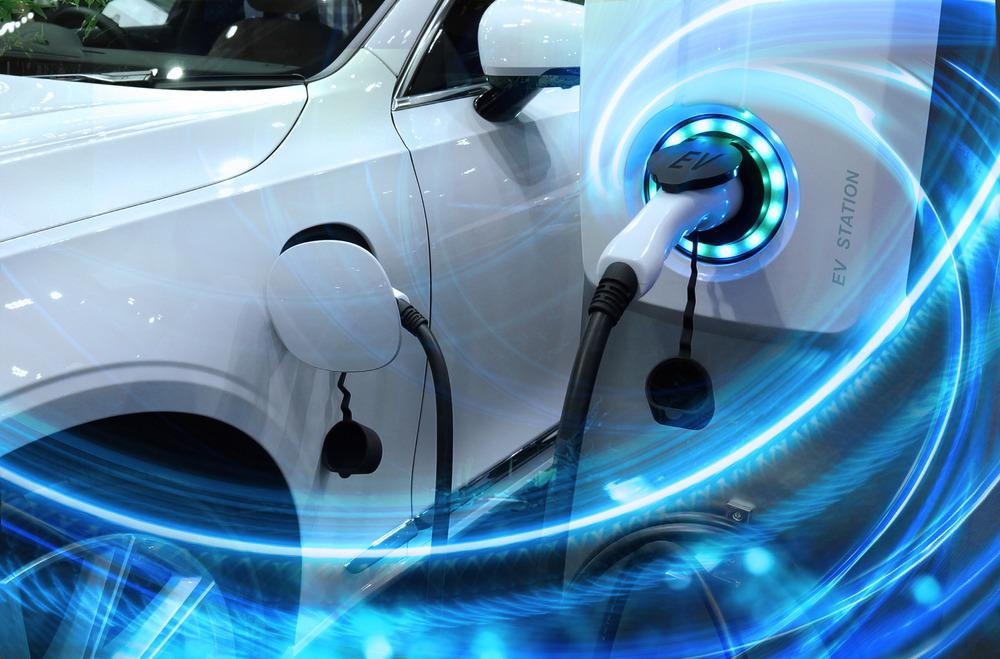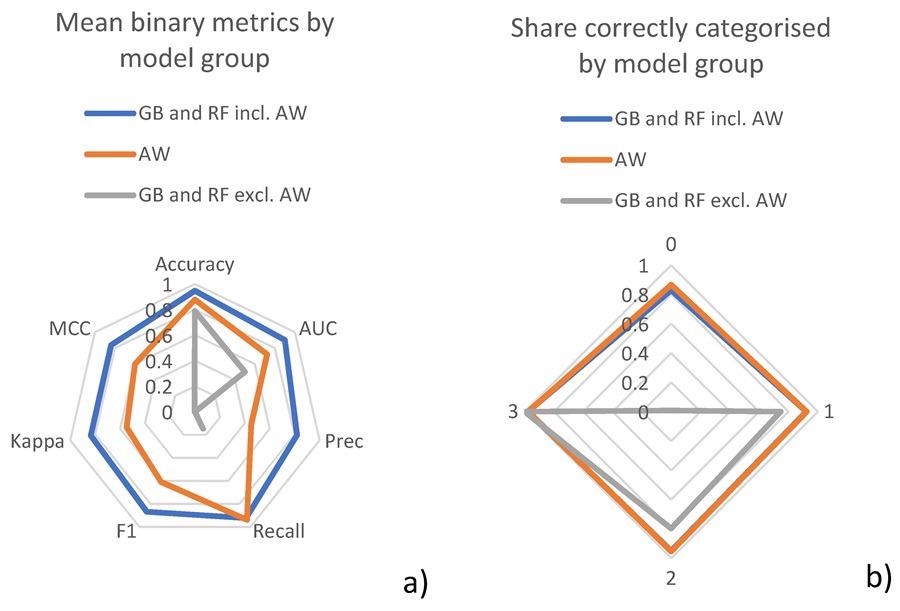A group of researchers from Germany evaluated methodologies to predict the availability of electric vehicle charging stations with the help of machine learning and several Python libraries. This research has been published in the journal Energies.

Study: Predicting Electric Vehicle Charging Station Availability Using Ensemble Machine Learning. Image Credit: buffaloboy/Shutterstock.com
With the increase in electric vehicle (EV) traffic, the availability of electric vehicle charging stations (EVCSs) is a growing concern. Europe is now the leading market for EV sales, with 625k plug-in hybrid electric vehicles and 747k battery electric vehicles were sold in 2021. Germany is giving subsidies up to EUR 9000 for new EVs. To achieve the widespread adoption of EVs, it is essential to have sufficient public charging infrastructure (CI) available such that users can comfortably and quickly recharge their EVs.
What are the Current Problems with the Availability of EVCS?
EV drivers in Germany are charged for charging infrastructure (CI) usage at a fixed price per kWh and occasionally additional charges for parking time. Fixed price mechanisms lead to the highly inconsistent usage of CI, due to varying land prices for parking, differing in the timing of usage such as whether it is day or night, working days or holidays, etc.
This is not suitable for customers as it leads to the creation of potentially avoidable charging hotspots. Moreover, there are EVs that may have a high state of charge and only recharge because the opportunity arises, while those who urgently require recharging cannot access it.
Further Reading: Optimizing Charging of Electric Vehicles (EVs) in Commercial Parking
During these shortages, drivers with a relatively high battery state of charge should be incentivized to give up their recharging opportunity for somebody with a more urgent recharging need. Charging of EV batteries usually takes hours; for slower AC stations it is even higher, and it is not ethical to force users to stop their charging spontaneously. Simple reduction of the current occupation is not a feasible solution if there is a shortage of CIs.
What are the Possible Solutions?
The solution to the aforementioned problems could be the implementation of varying price-based incentive mechanisms, in which targeted customers can be categorized into different factions, viz. vehicle batteries covering specific distance, recharging has to happen only occasionally if persons drive certain mileage on average, drivers with a relatively high battery state of charge should be incentivized to give up their recharging opportunity for somebody with a more urgent recharging need, and accurate prediction of the status of charging stations.
What are the Data Sources for the Purposed Machine Learning Model?
The charging station (CS) occupation data was received from SMART/LAB and Hubject, in CS hours. It is defined by dividing the occupied time by one hour and the number of EVSEs at a specific CS. Python library ‘holidays’ was incorporated to analyze whether the data belongs to a public holiday, whereas school holidays were collected as iCal files from Ferienwiki.de.
Weather data such as temperature and precipitation time series were collected from a freely accessible archive of the German weather service, DWD. The traffic data were retrieved from ADAC Service GmbH. The traffic data gives the number of vehicles in 1.8x1.8 km2 rectangle areas across whole Germany on a particular date and time.

Results grouped by model type and whether the average weekly data (AW) were used or not. Pail (a) shows the results for binary metrics and (b) for the categorised results. Category "0° corresponds to the share of correctly assigned categories; "1" counts direct neighbour categories (e g , 'very low"—`medium° are still correct if -low" was the true value); '2' includes neighbours once removed; "3" neighbours twice removed. Image Credit: Hecht, C., et al., Energies
What Were the Methods Being Used?
All datasets were geographically referenced time series datasets that were merged into one single input table. Weather datasets were matched with the location of charging station datasets using cKDTree from scipy.spatial module of scipy library. Similarly, Geospatial Data Abstraction Library was incorporated to match holidays datasets with charging station datasets.
In model learning, where large datasets are being used, overfitting is a commonly seen problem, where random noise in the training set may be interpreted as an actual signal. To avoid that, several datasets were rounded to the nearest specific multiple.
As a typical approach to machine learning models, all data were split into a training and a test set. 30% of datasets were used for the test feature, whereas the remaining 70% were used for the training feature.
After the selection of datasets, the team selected several prediction models viz. the random forest classifier (RF), gradient boosting classifier (GB), and average week model (AW). These python libraries are defined in PyCaret and sklearn.ensemble, etc.
What was the Result?
The 2021 data show a quite clear trend, where both RF and GB models can predict the exact category in over 80% of the predictions and predict the category itself or a nearby category at a rate of over 90%.
The team concluded that predicting future CS requires knowledge of past station usage. The tested algorithms, GB and RF, scored significantly better than the simple weekly average basis.

Accuracy of GB with all available inputs in 2021 (left) and of AW again for 2021 (right). The colour indicates which share of stations with the given average occupation was predicted with which accuracy. The heat map is constructed of rectangles with 2% edge length in both dimensions Example of how to read: A dark green square corresponding to 80% with an average occupation of 50% and accuracy of 90% indicates that, for all stations with an average occupation of 50% to 52%, the prediction model achieved accuracy between 90% and 92% in 80% for all CS falling into the category. The blue line indicates what share of stations fell into each 2% block of the average occupation. Image Credit: Hecht, C., et al., Energies
Reference:
Hecht, C., Figgener, J., Sauer, D.U. Predicting Electric Vehicle Charging Station Availability Using Ensemble Machine Learning. Energies, 2021, 14, 7834. https://www.mdpi.com/1996-1073/14/23/7834
Disclaimer: The views expressed here are those of the author expressed in their private capacity and do not necessarily represent the views of AZoM.com Limited T/A AZoNetwork the owner and operator of this website. This disclaimer forms part of the Terms and conditions of use of this website.